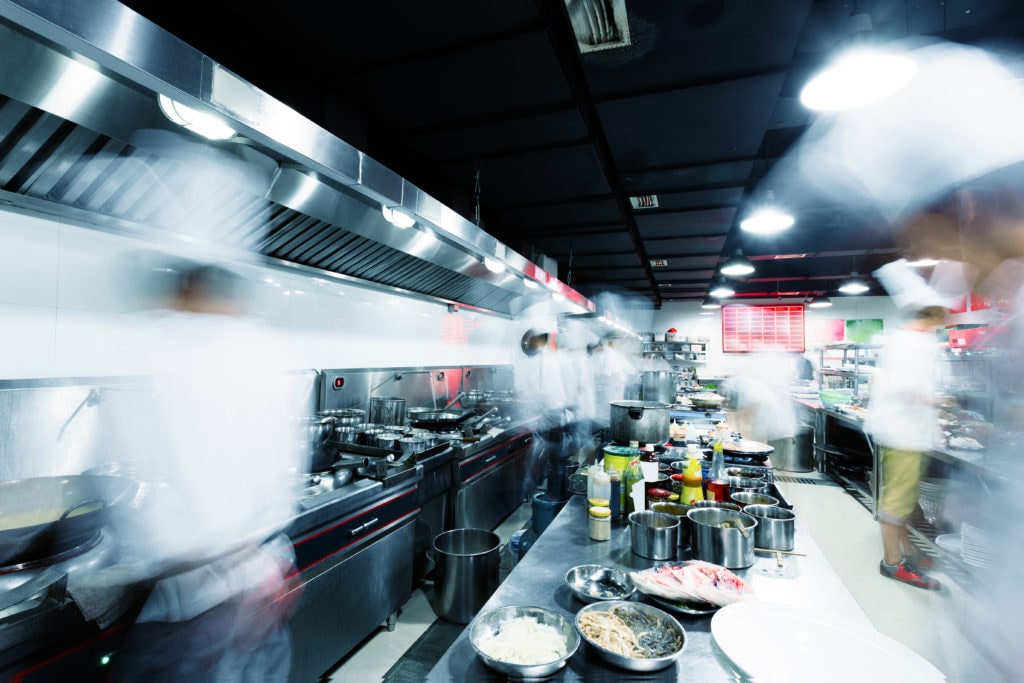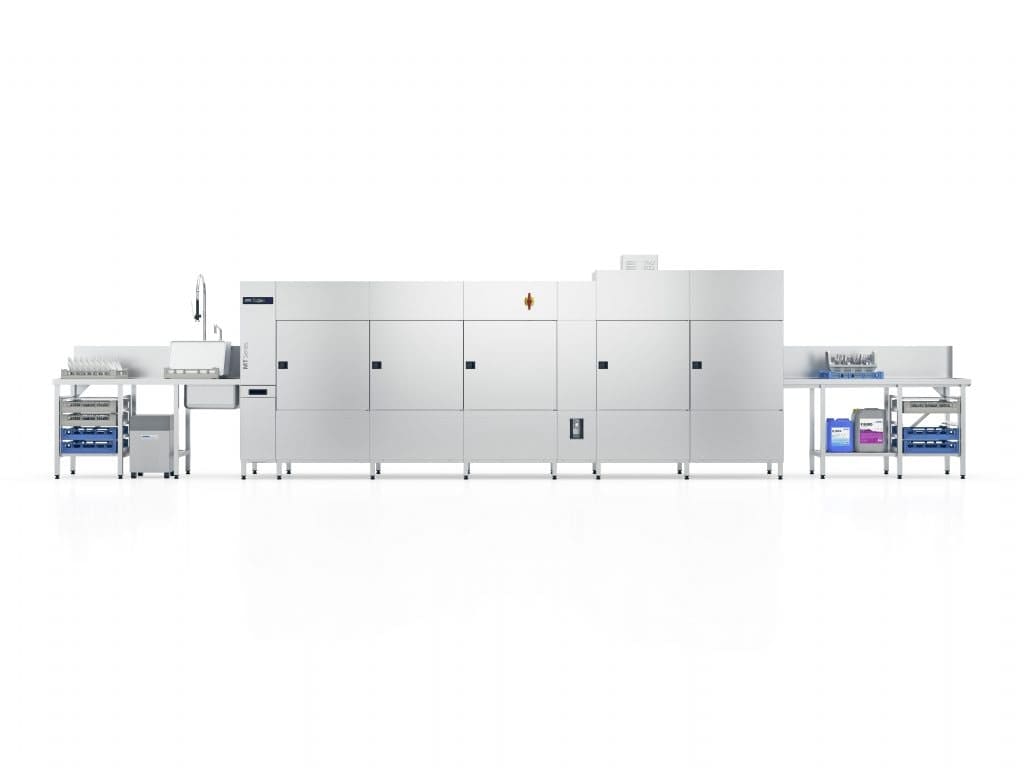
UHY Hacker Young’s profit figures for 2018 make for difficult – albeit unsurprising – reading for those in the foodservice sector. The headliner is the fact that total pre-tax profits at the UK’s top 100 restaurants have plunged 80% in the last year to just £37m, down from £194m 12 months ago.
Stretching that further, the drop means that pre-tax profits at these restaurant groups have now fallen 89% from £345m since the first quarter of 2017.
That’s a dramatic fall. But the signs have been there for some time. Hardly a month (or even week) has gone by without another announcement of a household name group closing several of its outlets, including Gaucho, Strada, Prezzo and Jamie’s Italian.
As UHY Hacker Young point out the costs of closing these struggling sites has weighed heavily on the profits. In the long term it will likely deliver cost savings, but in the short term, the costs of terminating employee contracts and exiting tenancy agreements early can be substantial.
“For some struggling restaurant groups that means things will get worse before they get better,” confirms Peter Kubik, partner at UHY Hacker Young.
Too many options
The fall also highlights the on-going challenges faced by the casual-dining sector, including higher business rates, a rising minimum wage and increasing utility costs.
“The bullying tactics by landlords are a massive factor,” insists Julian Edwards, chair of FCSI UK & Ireland. “There’s a perception that catering firms are making a lot of money, so rents are going up. That’s all backfiring. Places are closing down and chains are getting hit hard.”
Edwards also points to the fact there are too many food options on the high street, and that consumers are not eating out as much as they used to, especially with uncertainty over Brexit.
Chris Stern FCSI, managing director of Stern Consultancy in the UK, predicts a correction of the market. “Some brands will die, especially the ones that have over borrowed, but others will survive and the market should return to profit in time.
Indeed, Wagamama is continuing to go from strength to strength and expanding. The popular noodle chain has just been bought by The Restaurant Group (TRG), owner of Frankie & Benny’s and Chiquito, in a deal worth £559m.
TRG describes the deal as a “transformative opportunity” and represents a “differentiated, high growth pan-Asian proposition” that has consistently and significantly outperformed its core UK market.
It is estimated that the acquisition will result in cost synergies and site conversions synergies of approximately £22m.
Offering something unique
“Relative success stories such as Wagamama, which opened seven new UK restaurants this year, show that consumer demand for casual dining is still present,” says Kubik. “Similarly, ethically sourced fast-food chain Leon is expanding into Europe. The restaurants that are doing better are those who are innovating by offering their customers something more unique.”
This stance is supported by Edwards and Stern. They point to the rise in market stands for brands to show off their fresh, quality products, or shared accommodation and experiences. This could be grab and go outlets at somewhere like Boots or WH Smith. Even something like a Yo! Sushi in McDonald’s. This then means they’ll be less encumbered by a rent agreement with a landlord.
Other restaurant experiments include a ‘press for champagne’ button on tables at Bob Bob Ricard or service in unusual settings, such as food in a London Underground train carriage from Basement Galley, or eating in pitch black at Dans Le Noir. In the US, Kimbal Musk is looking to create a chain of grab and go restaurants called Kitchenette where everything is priced under $5.
“It’s about being more mobile, collaborative and innovative,” Edwards concludes.
Chris Evans




